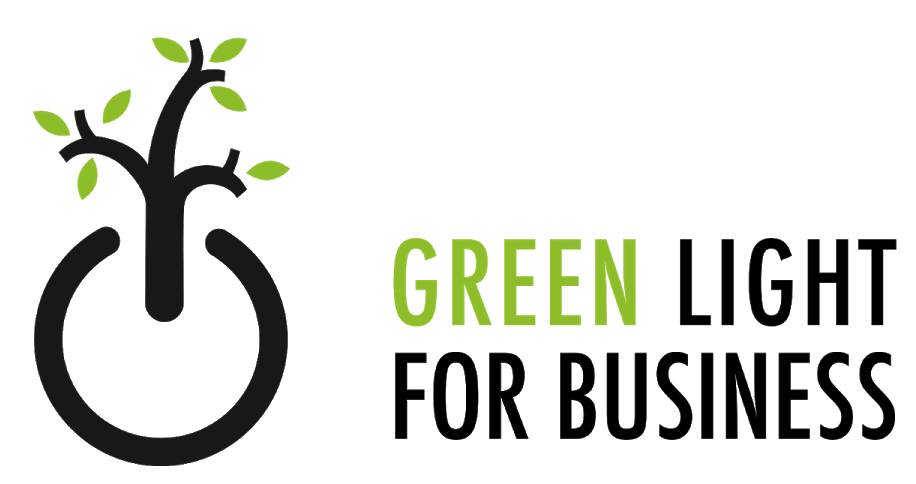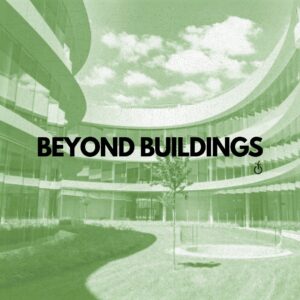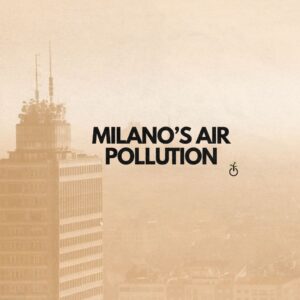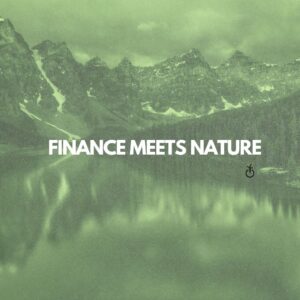Who could have ever thought that Homer Simpson’s favorite sweet could be the core of a new sustainable approach?
Climate action has never been more urgent especially since UN’s environmental agency has stated that there is “no credible pathway to 1.5°C in place”. Additionally, it has been established in 2022 that the fifth and sixth planetary boundaries have been crossed.
From a social perspective, climate change will disproportionally affect developing countries and low-income communities. Furthermore, the ongoing energy crisis and rising inflation are making more than 35 million Europeans unable to heat their homes this winter and to meet their basic needs.
Thus, one of the biggest challenges of the next decade will be to determine how to carry through a sustainable and fair transition.
The economist Kate Raworth created the Doughnut Economics Theory as a potential approach to such challenge.

The Doughnut or lifebelt is composed of two circles. The bigger one is the “ecological ceiling” and consists of the 9 planetary boundaries. Such ceiling aims at preventing environmental degradation and sustaining life on Earth. On the other hand, the smaller circle is a social foundation to ensure that everyone’s essential needs are meet.
The goal is to live within the doughnut which is considered to be “a safe and just space for humanity”. Such space is both environmentally and socially sustainable for humanity. Therefore, organizations should aim to be regenerative and distributive to push humanity towards that space. Several cities like Amsterdam and Brussels are already experimenting with the Doughnut Model to tackle climate change in a fair manner!
However, it’s important to note that as of today “Doughnut Economics” is just a framework to evolve towards a more sustainable world. Many questions around the theory are left unanswered but the Doughnut Economics Action Lab (DEAL) aims to convert the idea into “transformative action”.
To learn more about Doughnut Economics, one can read the book “Doughnut Economics” by Kate Raworth or check out the Doughnut Economics Action Lab and its various tools.
As a bonus, here are 7 ways to think like a 21st Century Economist according to the Doughnut Economics Action Lab.

By Marie Goepfert
Sources
https://www.theguardian.com/environment/2022/oct/27/climate-crisis-un-pathway-1-5-c
https://bonpote.com/en/the-6th-planetary-boundary-is-crossed-the-freshwater-cycle/
https://www.stockholmresilience.org/research/planetary-boundaries.html
https://www.euronews.com/next/2022/01/26/turning-up-the-heat-on-europe-s-energy-poverty-crisis
https://www.cnbc.com/2018/11/26/climate-change-will-hurt-poor-people-the-most-federal-report.html
https://www.kateraworth.com/doughnut/
https://bonpote.com/en/the-doughnut-economics-definition-and-critical-analysis/
https://doughnuteconomics.org/about-doughnut-economics
https://freepngimg.com/png/94388-pink-coffee-donuts-doughnuts-product-bakery




